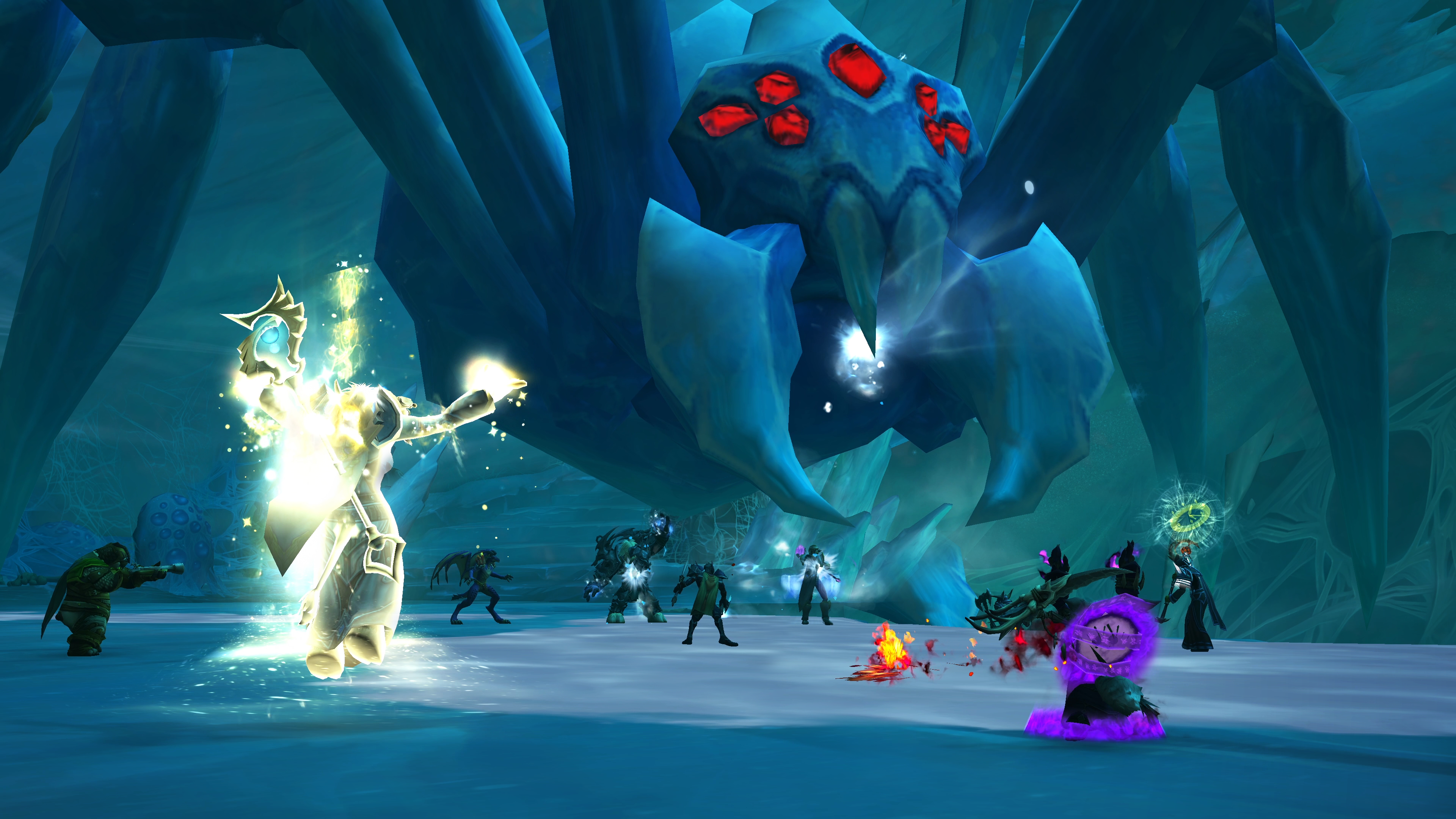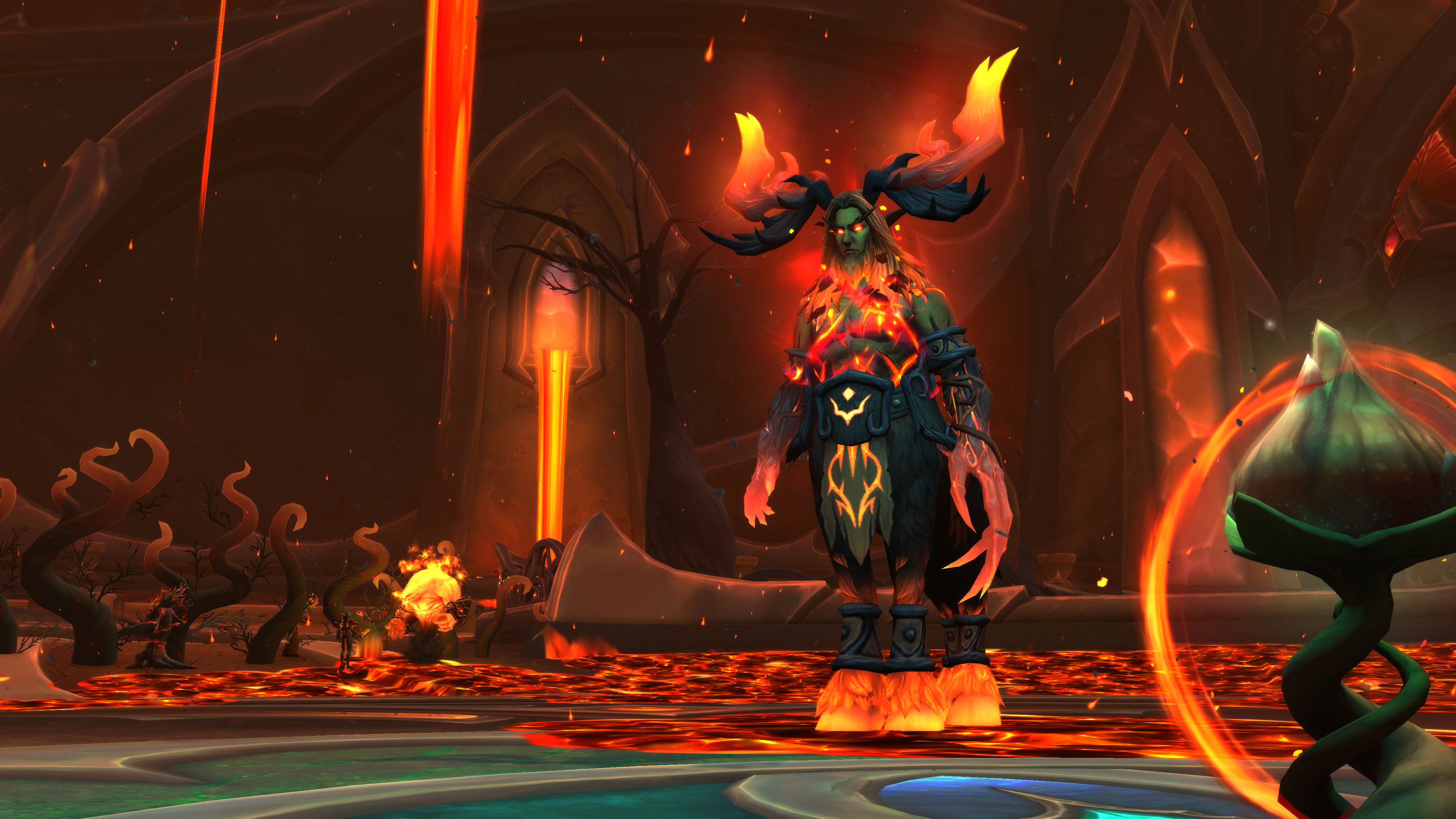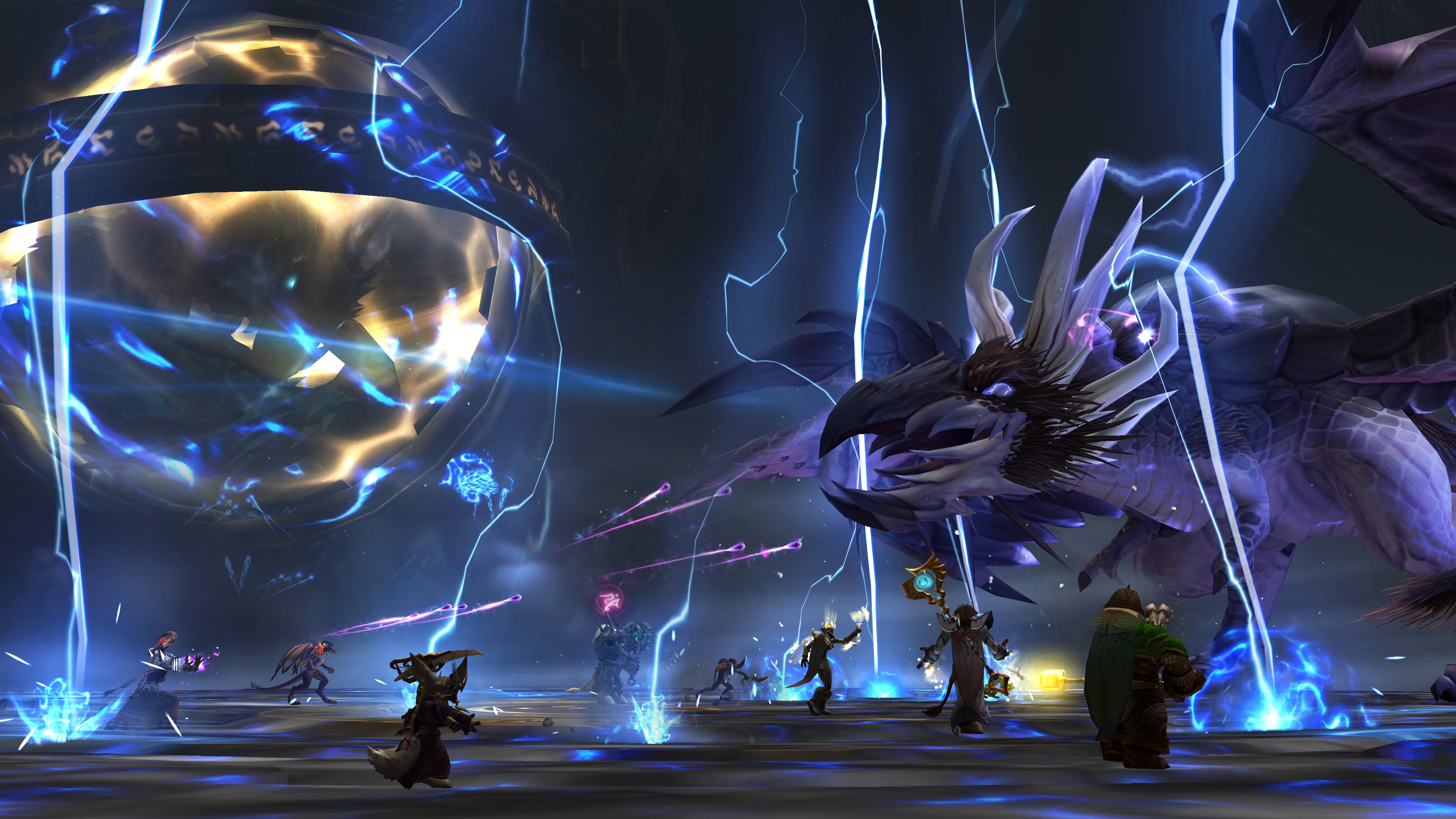
For an online game's long-term success, balance is king. For massively multiplayer online games with dozens of character types and dungeons and raid instances, it’s also a massive headache.
This many years into World of Warcraft's life, balancing raids is a challenge Blizzard has tons of experience with. But even then it can be hard to get it just right. Blizzard rolled out two sets of hotfixes in two days last week, and many of the tweaks dealt specifically with player and encounter balance, particularly for the current end-game raid: Amirdrassil, the Dream’s Hope.
Associate game director Morgan Day and lead encounter designer Taylor Sanders spoke to me recently about the nerfs to the druid boss Tindral Sageswift, which you can read about here. But all the recent changes led to a larger discussion about how balancing works across the board.
Developers closely track how often groups are wiping to different encounters in the game and watch for community feedback, Day says. There’s also an unofficial timeline for raid encounters and combat and class balance—Blizzard always plans to return and revamp raids after a certain amount of time has passed and milestones are achieved by players.
"It is important to keep in mind the audience that is engaging with an encounter at a given time," Day said, comparing the latest round of nerfs to those for the last boss in the Vault of the Incarnates raid on Mythic Difficulty almost exactly a year ago. "Our approach to Amirdrassil is consistent with how we’ve been tuning encounters in World of Warcraft for some time," he said. "The version of Raszageth that guilds encountered in the first week of Mythic difficulty was not the same as guilds who experienced it for the first time three months later, which is intentional."
Developers tune encounter difficulty thinking about the groups that are clearing it for the first time at that point, he said.
"It isn’t a coincidence that after the Hall of Fame leaderboards fill up, we tend to make some more significant nerfs to some of our past raid encounters. Our goal is to create the most satisfying experience for the widest audience possible."

Balance is something that has to happen over time, to adapt to the skills of the players currently progressing
That can be tricky, because raids have multiple difficulty levels in WoW—Looking for Raid, Normal, Heroic and Mythic—and guilds often choose to dabble. Some might clear Heroic but only do a boss or two in Mythic, for example. And at lower difficulty levels, pickup groups are extremely common, and the raids need to be balanced for the gear and talents of those attempting it at any particular time.
"There are guilds like the ones we see in the race to World First, and the fights they tend to encounter are very different from a fight even a top-100 guild might encounter a few weeks later, after a round or two of changes," Day said.
That kind of tweaking is almost impossible to do in advance. Players often deride balance changes made after encounters go live, saying that developers should have figured out the difficulty before the raid or dungeons launched. But that’s not Blizzard's plan.
"Our testing on the beta or Public Test Realm is often focused on making sure that it’s as fun and elegant of an encounter as it can be from a design perspective," he said. Balance is something that has to happen over time, to adapt to the skills of the players currently progressing. "The changes that happen via hotfix, or in our smaller patches, are almost always focused on the tuning aspect of the raid encounters, not the design elements."
When it goes well, groups feel challenged when they first kill an encounter, but don’t feel like they have to "reprogress" every time they kill it for long afterwards. Ideally, that smooth scaling should feel the same each time players face a new dungeon or raid challenge.

"Utimately our goal is to make a consistent difficulty experience tier to tier," Sanders said.
Because early bosses in raids are designed to be a gentler introduction, they rarely need nerfing. Later ones are almost required to be, Day said. "If there was an end boss that never got nerfed, it is likely to be perceived as too easy by a large portion of the intended audience."
One place where Blizzard hopes to make improvements is in balancing those encounter difficulties that have scaling group size: Normal and Heroic. Balance problems can hide there because the overall rate that groups clear the dungeons may seem fine at first, even when one group size or another is actually struggling.
"An encounter might have an overall success rate that we’re happy with, but when you slice the data up and look at it more closely, the encounter may be significantly harder for a 10-player group than it might be for a 20- or 25-player group," Day said. All of those factors combined mean that this week’s nerfs won’t be the last.




!["[T]he First and Fifth Amendments Require ICE to Provide Information About the Whereabouts of a Detained Person"](https://images.inkl.com/s3/publisher/cover/212/reason-cover.png?w=600)


